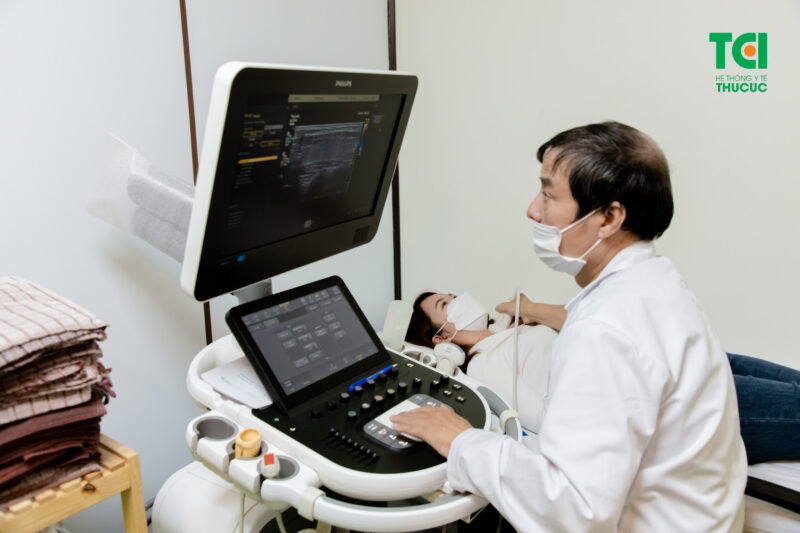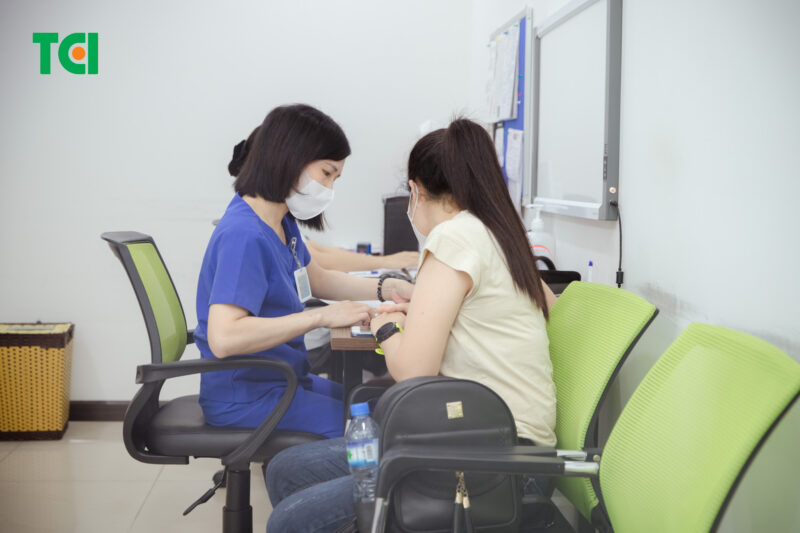The incidence of cancer is steadily rising, with a notable trend towards affecting younger individuals. Hence, cancer screening is regarded as an effective method to safeguard health. Through this article, we aim to provide a deeper understanding of this vital healthcare practice.
1. Why Early Cancer Screening Matters
Cancer, a perilous disease, exhibits an escalating trend in new cases and fatalities annually across all age groups and genders. However, proactive measures such as reducing controllable risk factors (like smoking, obesity, sedentary lifestyle, and poor nutrition) can aid in prevention. Additionally, actively engaging in cancer screening enhances the chances of timely detection and treatment, thereby significantly improving the five-year survival rate. Consequently, prioritizing cancer screening is paramount. The advancement of modern medical techniques further enhances the detection capabilities of cancer.
This screening entails detecting tumors before symptoms manifest through various examination methods. It significantly increases the chances of successful treatment and improves the five-year survival rate, hence should ideally be conducted 1-2 times annually.

This screening helps timely identify signs of cancers for treatment while still manageable.
2. How Cancer Screening is Conducted
Different types of cancer necessitate distinct screening methods. Screening is performed on asymptomatic individuals through minimally invasive diagnostic techniques. Following are the typical steps involved:
– Step 1: Clinical Examination: Basic assessment involving evaluating risk factors, medical history, overall health status, and any abnormal symptoms.
– Step 2: Basic Tests and Tumor Marker Tests: After the clinical examination, individuals undergo preliminary tests and tumor marker assessments.
– Step 3: Diagnostic Imaging Tests/Functional Exploration: These techniques include endoscopy, ultrasound, X-ray, CT scan, or MRI, etc.
3. Screening Methods for Common Cancers
3.1. Gastric Cancer Screening
Gastric cancer contributes significantly to global mortality. Screening methods include:
– Endoscopy: A procedure to examine the stomach’s interior.
– Biopsy: Sampling suspicious tissue for microscopic examination.
– Helicobacter Pylori Infection Testing: Detecting bacterial infection, a risk factor for gastric cancer.

Endoscopy of the digestive tract is one effective method for early detection of signs of gastrointestinal cancer.
3.2. Lung Cancer Screening
According to Globocan, lung cancer ranks second globally in terms of incidence and mortality in 2020. Screening methods comprise:
– Non-Contrast CT Scan: Offers detailed 3D imaging, aiding in the detection of anomalies.
– Contrast CT Scan: Utilized when abnormalities are suspected.
– Biopsy of Suspected Nodules: Conducted when CT scans indicate potential malignancies.
3.3. Liver Cancer Screening
Liver cancer is prevalent, with a high mortality rate. Screening methods include:
– Alpha-Fetoprotein (AFP) Test: Measures alpha-fetoprotein levels, often elevated in liver cancer.
– Diagnostic Imaging Tests: Ultrasound, CT, and MRI scans help assess tumor characteristics.
– Biopsy of Suspected Tumor: Tissue sample extraction for microscopic examination.

Based on individual screening needs, doctors advise suitable examination methods.
In conclusion, cancer screening is imperative for early detection and treatment. To meet public healthcare needs, TCI – Thu Cuc Healthcare System offers diverse screening packages at reasonable costs. For further inquiries, contact TCI for expert guidance.








